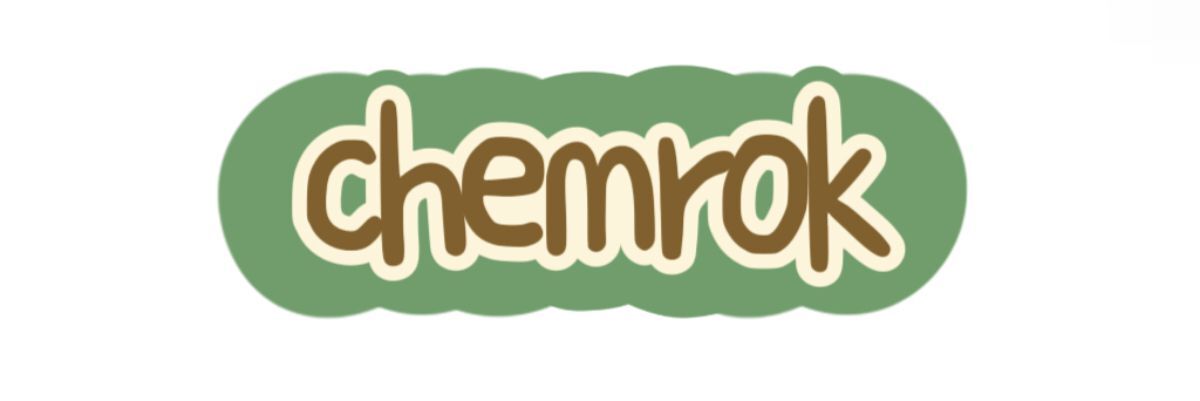how is stevia made
The production of stevia involves a meticulous process that transforms the leaves of the Stevia rebaudiana plant into a natural sweetener. According to a variety of sources, this process typically starts with the cultivation of the plant and ends with the purification of the extract, ultimately offering consumers an alternative to traditional sugars that's both sweet and healthier.
The company is the world’s best how is stevia made supplier. We are your one-stop shop for all needs. Our staff are highly-specialized and will help you find the product you need.
Harvesting the Stevia Leaves
The journey of creating stevia begins with harvesting the leaves. Here’s how this crucial step unfolds:
- Cultivation: Stevia thrives in warm climates with well-drained, nutrient-rich soil and a good balance of rainfall and sunlight.
- Timing: Optimal harvesting occurs just before the flowering stage, ensuring the leaves are at their sweetest.
- Manual Harvesting: Farmers hand-pick the leaves, ensuring that only premium parts of the plant are selected.
Drying and Preparing the Leaves
After harvesting, the leaves go through an essential drying phase to prepare them for extraction.
- Washing: The leaves are rigorously washed to eliminate any contaminants, including dirt and pesticides.
- Drying: Once cleaned, they are spread in a well-ventilated area to dry, which can take several days; techniques can range from air drying to using specialized dehydrators.
- Grinding: After drying, the leaves are ground into a powder, resulting in a natural stevia leaf powder that maintains much of its sweetness.
Sweetness Extraction Process
With the leaves ready, the next step focuses on extracting the sweet compounds known as steviol glycosides, which provide stevia's sweetness. The extraction process includes:
Water Extraction: The dried leaves are steeped in hot water, dissolving the steviol glycosides and effectively capturing their sweetness while discarding leaf fibers and impurities.
Filtration: The solution is filtered to remove any remaining plant material, resulting in a liquid rich in sweet compounds.
Concentration: This filtered liquid is then concentrated through evaporation, forming a syrup or extract that can undergo further purification.
Purification: In commercial settings, additional purification techniques involving activated charcoal or resin ensure the removal of impurities and improve the extract's flavor profile.
Forms of Stevia Products
Stevia products come in various forms based on individual preferences and uses. Notable forms include:
- Stevia Leaf Powder: Ground whole stevia leaves suited for cooking and baking applications.
- Liquid Stevia Extract: A concentrated liquid that mixes effortlessly with beverages.
- Granulated Stevia: Powdered forms designed to mimic sugar's texture and sweetness, ideal for direct substitution.
Common Confusions Around Stevia Production
Many consumers have queries regarding the production of stevia. Here are some common misconceptions clarified:
Are all stevia products the same?
No, there are variations in quality and sweetness levels. Always check labels to ensure you choose pure stevia extract with minimal additives.Is stevia safe?
Yes, stevia is generally recognized as safe for consumption. However, it is advisable to consult your healthcare provider if you have health concerns.Can stevia replace sugar in all recipes?
Stevia is significantly sweeter than sugar, so you will typically need less of it. Conversion charts can help determine the correct amounts for recipe substitutions.
Conclusion
Learning about the production of stevia enhances our appreciation for this natural sweetener. The process from cultivation to extraction showcases the interplay of agricultural expertise and a focus on healthier alternatives. Whether added to beverages or incorporated into various dishes, stevia enables a reduction in sugar consumption without compromising on sweetness. Opt for high-quality products, explore different forms of stevia, and enjoy the advantages of this outstanding natural sweetener! If you're passionate about health and nutrition, consider subscribing to our blog for further insights and recipes!
For more vanillin uses in pharmaceuticals information, please contact us. We will provide professional answers.
- Previous: how to use thymol crystals
- Next: None


